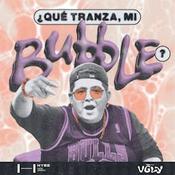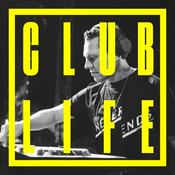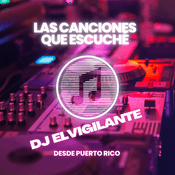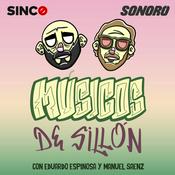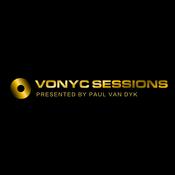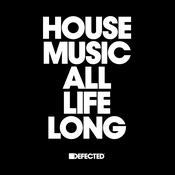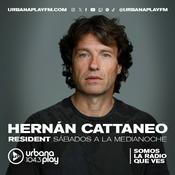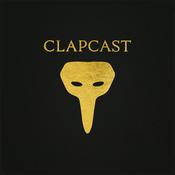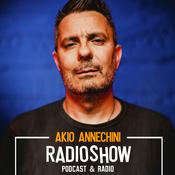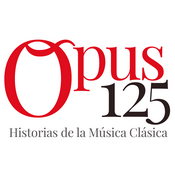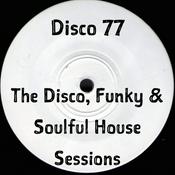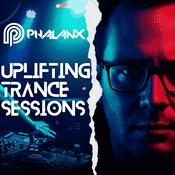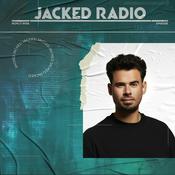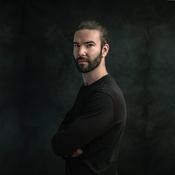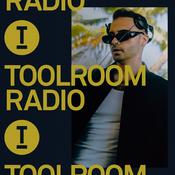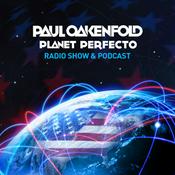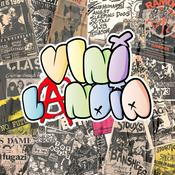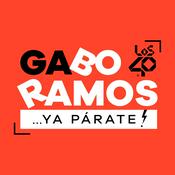Episodios disponibles
5 de 12
- Bethany Beardslee Winham and Chris WinhamFollowers of this podcast will remember two central characters from Season 1: Milton Babbitt, the Princeton Music professor and avant-garde composer who was an early devotee of electronic music; and Babbitt’s protégé, Godfrey Winham, a composer whose work at Princeton made it possible for the masses to hear music made on a computer. Both men had one partner in common: Soprano Bethany Beardslee, one of the great voices of her generation. For Babbitt, Beardslee’s voice brought his compositions to life. Winham married Bearsdslee, and they had two children before his tragic passing in 1975. Beardslee, still alive at age 98, could not be reached for the main Season 1 podcast. But after it was aired, we got in touch with their son, Chris, who set up a microphone so we can interview her. In this remarkable interview, she looks back at a time when Babbitt and Godfrey Winham – as well as Beardslee herself -- were changing the sound of music. Chris contributed his own memories of his father during the conversation. Beardslee, who was born in 1925 in Michigan, is best known for her collaborations with prominent mid-century composers such as Babbitt, Igor Stravinsky, Pierre Boulez, George Perle and Sir Peter Maxwell Davies. She delivered spot-on performances of atonal composers like Arnold Schoenberg, Alban Berg and Anton Webern. Contemporary composers came to reply on her to perform their challenging works. “Were there no Bethany Beardslee, she could not have been invented,” Babbitt once said of her. Beardslee’s career spanned the early 1950s to the late 1990s. She received an honorary doctorate from Princeton in 1977. A prominent vocalist, there have been many interviews with Beardslee over the years, and we discuss her career during our conversation. But few prior interviews have focused on her memories of her late husband, whose story we told in Episode 3 of Season 1, “The Converter.” Godfrey Winham was the first recipient of a doctorate in musical composition at Princeton. Beyond his advances in music generation software, digital speech synthesis, and the development of reverb for art’s sake, he was also a fascinating character.--------55:03
- Haydn SeekIn this episode, Stanley Jordan does something remarkable: He recreates a lost computer music composition, and premieres it here for the first time. Part Pac-Man, part symphony orchestra, this three-minute piece is a testament to Jordan's early musical journey through technical terrain, setting the stage for a career in which he has used technology to create dazzling ear candy. “Haydn Seek was a composition I made in 1980 while I was studying computer music at Princeton,” Jordan wrote. “It was spawned from an assignment in a composition class with J.K. Randall, in which we were to take an existing piece of music and compose a new one using something that we liked in the original.” Jordan based his composition on “Piano Sonata in A Major” by Franz Joseph Haydn. He was also studying computer music with Paul Lansky during this period, so he decided to make his composition for computer. “This was an exciting time because computers were just beginning to be used as musical instruments. At that time computer music was only available at academic institutions and most of the music was very abstract. I loved that stuff, but I was more interested in bringing something new to traditional forms,” such as "Switched on Bach,” he said. Jordan loved how Haydn got so much material out of a few simple patterns. In “Haydn Seek,” he takes Haydn's original themes from the first movement, and expands on them in his own way, using more contemporary harmonies. At the beginning, everything is a condensation of Haydn's main themes, taken exactly as Haydn composed them. But then he starts blending in his own new material, growing and expanding until the piece is completely his own, but still related to Haydn's original main theme. The original version of Haydn Seek was incomplete and the materials were lost, so he recreated it here from memory, completing it using only compositional techniques and harmonic knowledge that he had at the time.--------31:08
- That Magic TouchStanley Jordan was about to play The Tonight Show with Johnny Carson, and with seconds go before cameras rolled, the sound wasn’t coming out of his guitar. His guitar tech was sweating bullets. Was he able to hit his mark? And what lesson did he learn from the experience? In this second episode of Season 2 of "Composers & Computers," Jordan talks about his time at Princeton, including his work with two of his mentors, who were big names in the field of electronic music: Milton Babbitt and Paul Lansky. He discusses the time Dizzy Gillespie’s jaw dropped when Jordan took the stage during a concert at Richardson Hall with Benny Carter. And he talks about why he went through the tedious process of composing music on a computer at a time that computers didn't easily generate sound. “The idea was so thrilling for me, because I had this sound in my head, and I knew that if I could just get the right numbers, create the right code, I knew there was a way to realize that sound," Jordan said. "So I didn’t mind trudging through the snow at midnight. I think sometimes when something is challenging, I think it’s more meaningful.”--------38:26
- Stanley Jordan Pulls Out All the StopsStanley Jordan ’81 grew up in Silicon Valley, making circuits as a kid, watching his father become one of the world's first professional computer programmers. But it wasn’t until Jordan arrived at Princeton that the young musician learned how to fuse his love of music with his fascination with technology. In Episode 1 of the new season of “Composers & Computers,” we begin our deep dive into the technology-filled life story of Jordan, who went on to a career as an acclaimed jazz musician. We explore how he was initially drawn to Stanford to work with John Chowning, inventor of the Yamaha digital keyboard, but through a twist of fate at the admissions office, found himself headed to Princeton instead. Chowning himself told Jordan that it was a fortuitous outcome, and Jordan explains why this ended up being true, through meeting two mentors who would have a major effect on his musical path, Milton Babbitt and Paul Lansky. We’ll look at how he developed his trademark two-hand percussive “touch technique” while he was a student at Princeton. And he’ll talk about his time at the Computer Center, including the time he dropped his punch cards on the floor.--------36:09
- "Composers & Computers" is back: Stanley Jordan, computer musicianStanley Jordan. Innovator of the two-handed touch technique to coax a sweet, percussive sound out of an electric guitar. After graduating from Princeton University in 1981, he went on to become an acclaimed jazz musician known for his guitar pyrotechnics. He’s played on the Tonight Show with Johnny Carson. He’s been nominated for four Grammy awards. His debut album, Magic Touch, sat atop the Billboard jazz charts for more than 11 months. He’s played to audiences around the world, crossing genres with virtuosity and a hunger for musical adventure. But forty-five years ago, if you were looking for Stanley Jordan on any given midnight, you might just find him in a sub-basement laboratory in the Engineering Quadrangle. Because his passion at the time, the thing that attracted him to Princeton in the first place, was computer music. This new, second season of “Composers & Computers” tells the three-part story of Stanley Jordan’s time at Princeton, and how, despite years of touring and building his reputation as a jazz master, he never really stopped being a computer musician.--------2:49
Más podcasts de Música
Podcasts a la moda de Música
Acerca de Composers & Computers
The computer music movement of the 1960’s, 70s and 80’s created the technology that established the sound of music as we know it today. We unearth the stories behind that movement, as well as some trippy music that demonstrates how music grew into the electronic sounds we take for granted now. In Season 2, we take a deep dive into the music of Stanley Jordan, a jazz master who combines musical virtuosity with a lifelong love of the technology. In Season 1, we told the story of a group of music-loving computer engineers who happened upon some musicians who were enamored with a new IBM computer at the Engineering Quadrangle at Princeton University in 1963.
Sitio web del podcastEscucha Composers & Computers, ¿Qué tranza, mi Bubble? y muchos más podcasts de todo el mundo con la aplicación de radio.net

Descarga la app gratuita: radio.net
- Añadir radios y podcasts a favoritos
- Transmisión por Wi-Fi y Bluetooth
- Carplay & Android Auto compatible
- Muchas otras funciones de la app
Descarga la app gratuita: radio.net
- Añadir radios y podcasts a favoritos
- Transmisión por Wi-Fi y Bluetooth
- Carplay & Android Auto compatible
- Muchas otras funciones de la app


Composers & Computers
Escanea el código,
Descarga la app,
Escucha.
Descarga la app,
Escucha.
